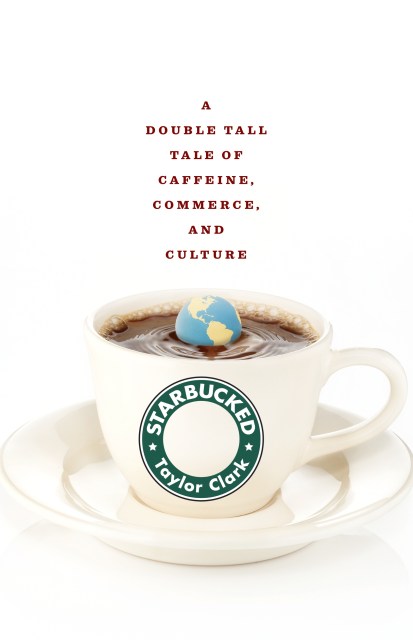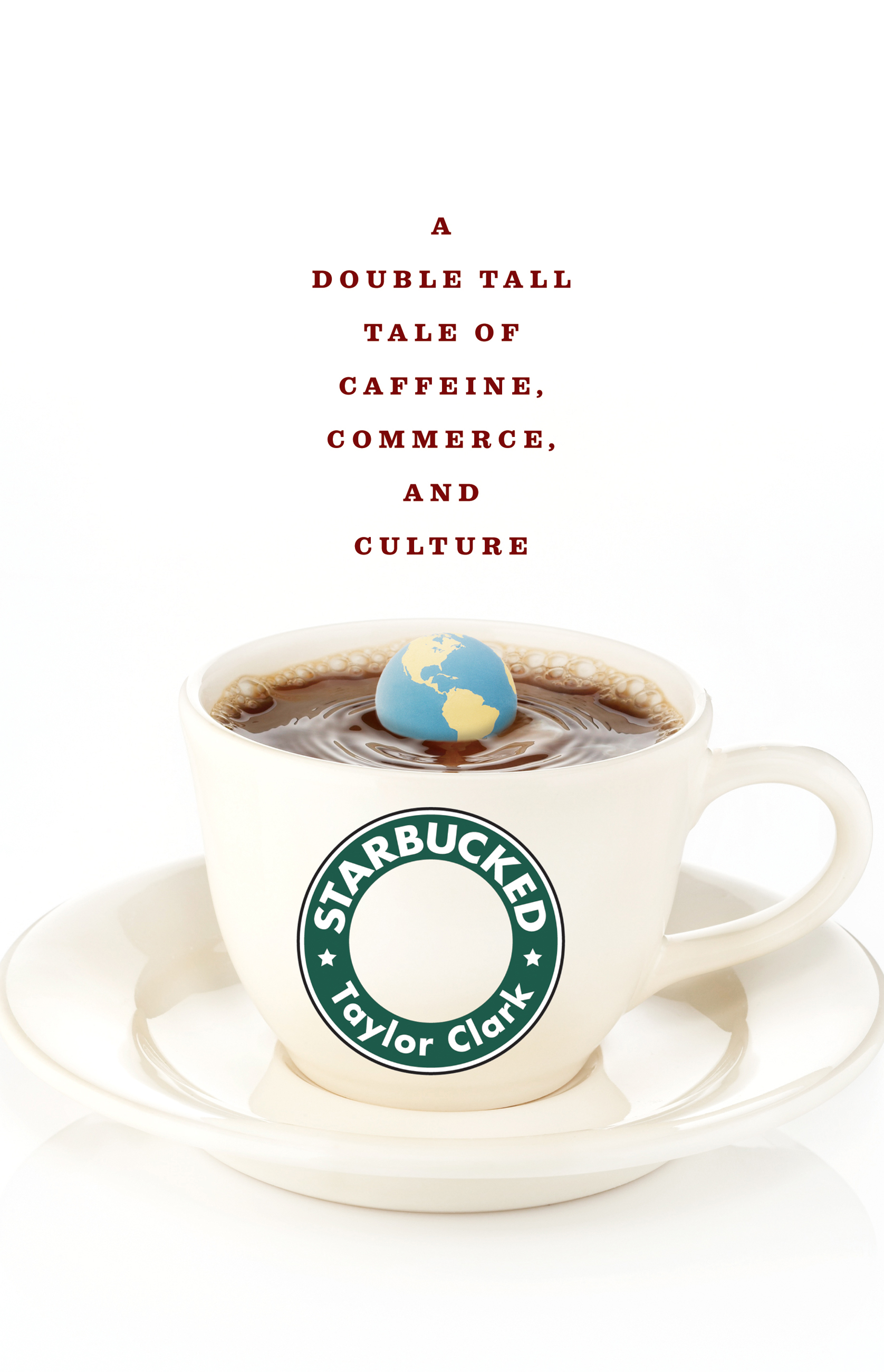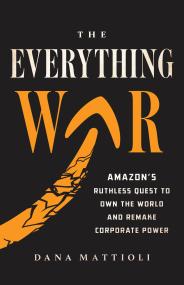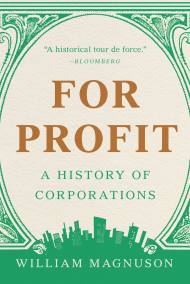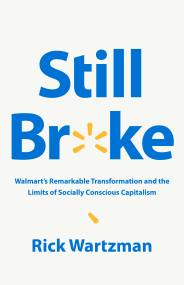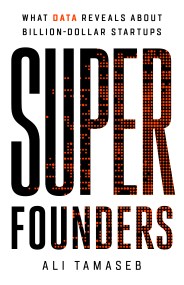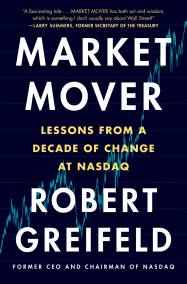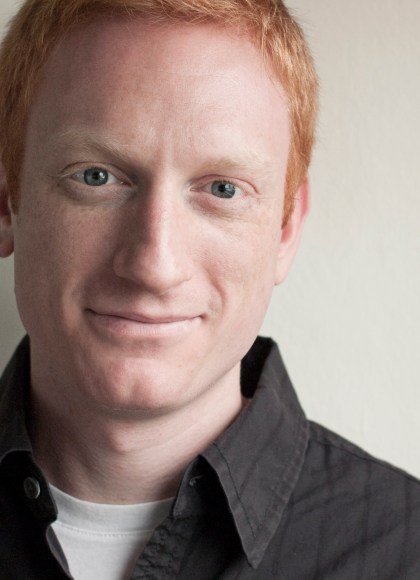Promotion
Shop now and save 20% on your back-to-school purchases & get free shipping on orders $45+ Use code: SCHOOL24
Starbucked
A Double Tall Tale of Caffeine, Commerce, and Culture
Contributors
By Taylor Clark
Formats and Prices
Price
$7.99Price
$9.99 CADFormat
Format:
- ebook $7.99 $9.99 CAD
- Trade Paperback $21.99 $28.99 CAD
This item is a preorder. Your payment method will be charged immediately, and the product is expected to ship on or around November 5, 2007. This date is subject to change due to shipping delays beyond our control.
Also available from:
Starbucked will be the first book to explore the incredible rise of the Starbucks Corporation and the caffeine-crazy culture that fueled its success. Part Fast Food Nation, part Bobos in Paradise, Starbucked combines investigative heft with witty cultural observation in telling the story of how the coffeehouse movement changed our everyday lives, from our evolving neighborhoods and workplaces to the ways we shop, socialize, and self-medicate.
In Starbucked, Taylor Clark provides an objective, meticulously reported look at the volatile issues like gentrification and fair trade that distress activists and coffee zealots alike. Through a cast of characters that includes coffee-wild hippies, business sharks, slackers, Hollywood trendsetters and more, Starbucked explores how America transformed into a nation of coffee gourmets in only a few years, how Starbucks manipulates psyches and social habits to snare loyal customers, and why many of the things we think we know about the coffee commodity chain are false.
In Starbucked, Taylor Clark provides an objective, meticulously reported look at the volatile issues like gentrification and fair trade that distress activists and coffee zealots alike. Through a cast of characters that includes coffee-wild hippies, business sharks, slackers, Hollywood trendsetters and more, Starbucked explores how America transformed into a nation of coffee gourmets in only a few years, how Starbucks manipulates psyches and social habits to snare loyal customers, and why many of the things we think we know about the coffee commodity chain are false.
- On Sale
- Nov 5, 2007
- Page Count
- 304 pages
- Publisher
- Little, Brown and Company
- ISBN-13
- 9780316026178
Newsletter Signup
By clicking ‘Sign Up,’ I acknowledge that I have read and agree to Hachette Book Group’s Privacy Policy and Terms of Use
